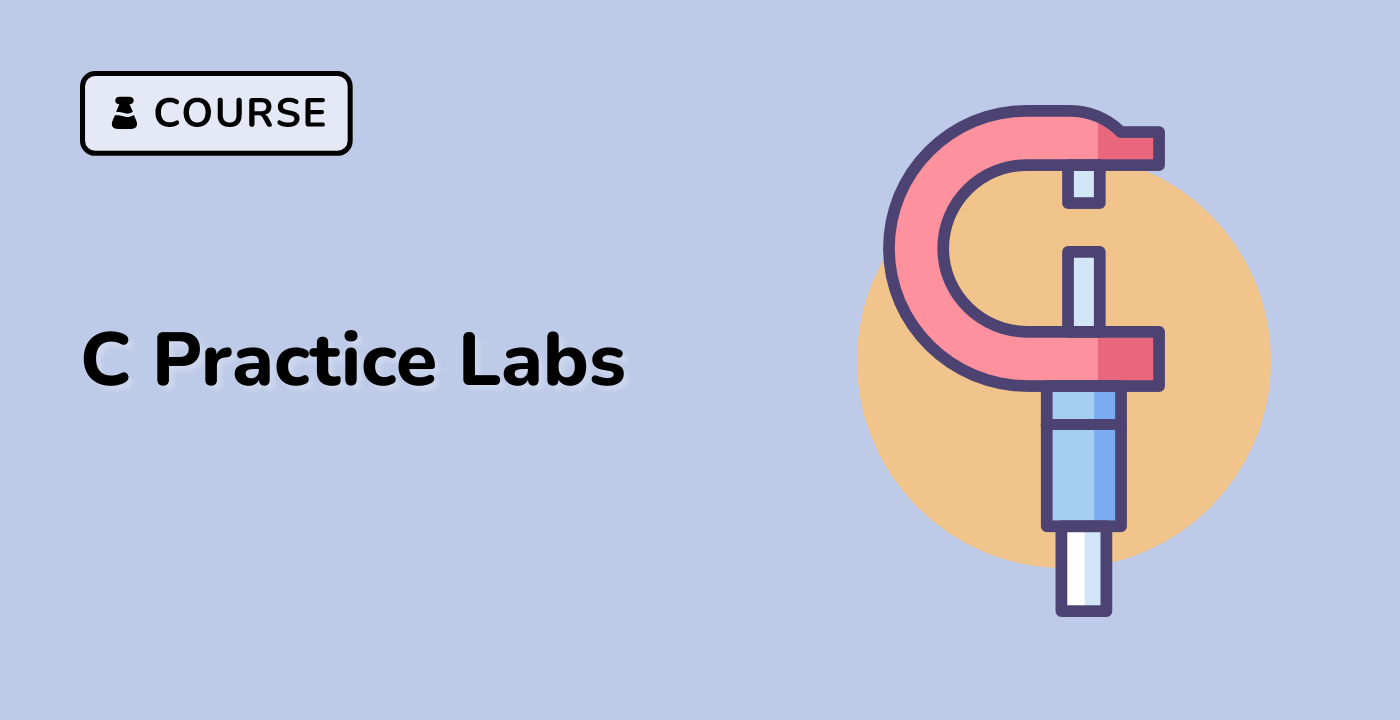Safe input handling is crucial for preventing security vulnerabilities and ensuring robust application performance. This section explores techniques to securely process and manage user inputs.
Buffer Overflow Prevention
Stack Buffer Protection
#define MAX_INPUT 50
void safeInputHandler(char* buffer) {
char input[MAX_INPUT];
// Use fgets for safer input
if (fgets(input, sizeof(input), stdin) != NULL) {
// Remove newline character
input[strcspn(input, "\n")] = 0;
// Safely copy with length limit
strncpy(buffer, input, MAX_INPUT - 1);
buffer[MAX_INPUT - 1] = '\0';
}
}
graph TD
A[Raw Input] --> B{Sanitization}
B --> C[Remove Special Characters]
B --> D[Trim Whitespace]
B --> E[Validate Length]
B --> F[Escape Dangerous Chars]
F --> G[Safe Input]
Memory Management Techniques
Dynamic Memory Allocation
char* safeDynamicInput(int maxLength) {
char* buffer = malloc(maxLength * sizeof(char));
if (buffer == NULL) {
fprintf(stderr, "Memory allocation failed\n");
return NULL;
}
// Secure input handling
if (fgets(buffer, maxLength, stdin) == NULL) {
free(buffer);
return NULL;
}
// Remove newline
buffer[strcspn(buffer, "\n")] = 0;
return buffer;
}
| Technique |
Description |
Security Level |
| Length Check |
Limit input size |
Medium |
| Type Validation |
Ensure correct data type |
High |
| Character Filtering |
Remove/escape dangerous chars |
High |
| Input Sanitization |
Clean and normalize input |
Very High |
Advanced Security Considerations
Integer Overflow Protection
int safeIntegerConversion(const char* input) {
char* endptr;
long value = strtol(input, &endptr, 10);
// Check for conversion errors
if (endptr == input) {
fprintf(stderr, "No conversion performed\n");
return -1;
}
// Check for overflow
if ((value == LONG_MAX || value == LONG_MIN) && errno == ERANGE) {
fprintf(stderr, "Integer overflow\n");
return -1;
}
return (int)value;
}
Error Handling Workflow
graph TD
A[User Input] --> B{Validation}
B -->|Valid| C[Process Input]
B -->|Invalid| D[Log Error]
D --> E[Generate Error Message]
D --> F[Reset Input State]
Best Practices
- Always validate and sanitize inputs
- Use secure input functions
- Implement strict boundary checks
- Handle memory allocation carefully
- Provide clear error feedback
LabEx emphasizes that safe input handling is a critical aspect of secure software development, requiring constant vigilance and systematic approach.




